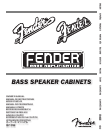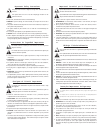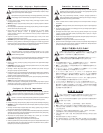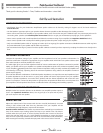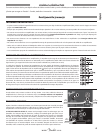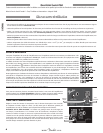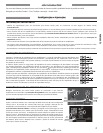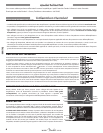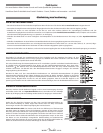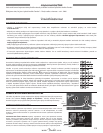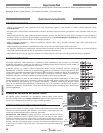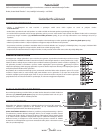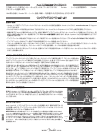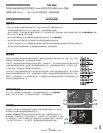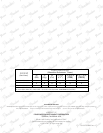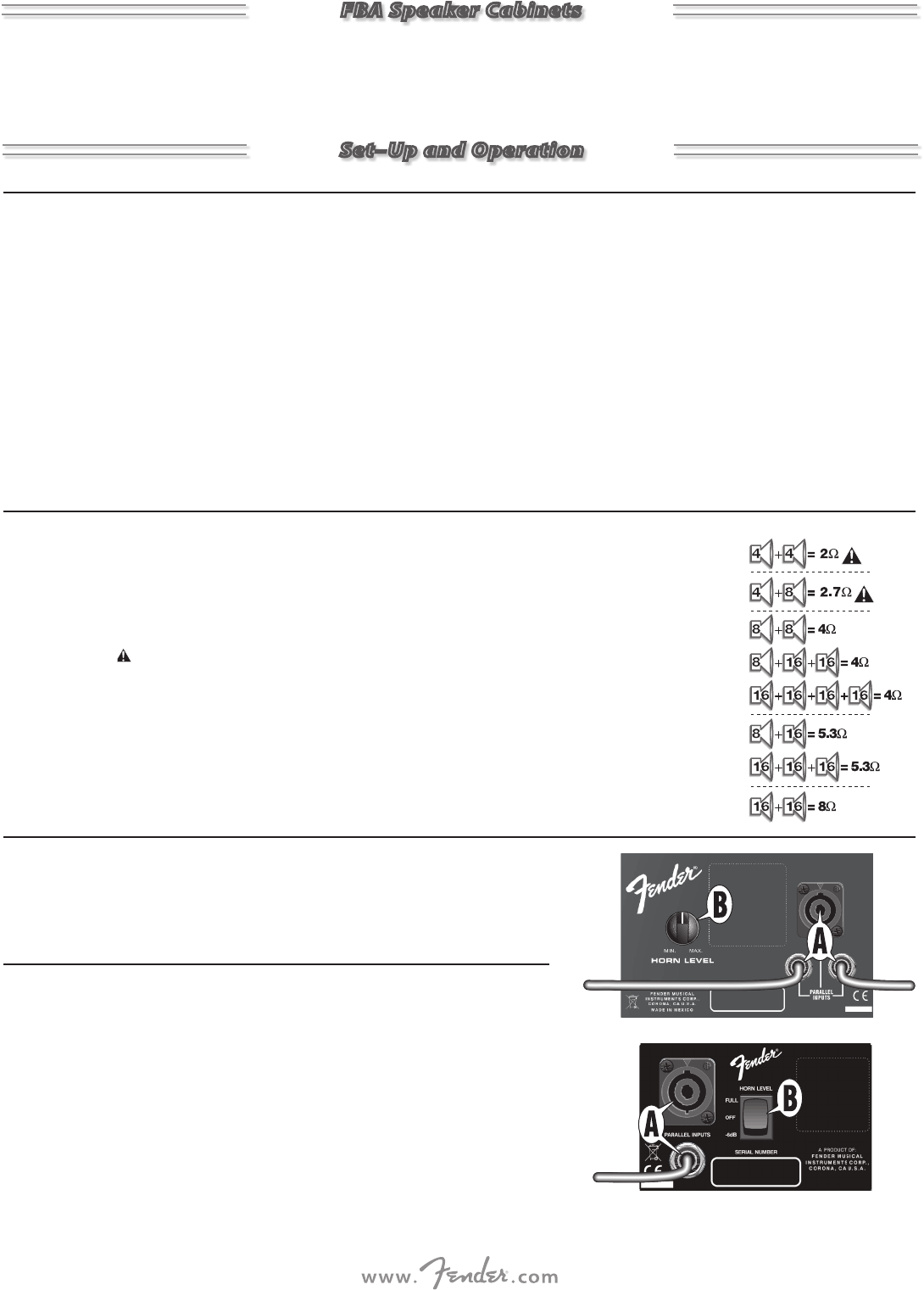
4
IMPORTANT INFORMATION
• Specification charts for your Fender Bass Amplification speaker cabinet can be found by visiting the Support area of the Fender website at
www.fender.com.
• Use the Speakon® type input jack on your speaker cabinet whenever possible to take advantage of its locking connector.
• Never connect more than one amplifier to your speaker cabinet, even if more than one jack is labeled "input." Any extra input jacks are for
connecting other speakers (see Parallel Speaker Connections below) or to give you an alternate input plug type, such as Speakon®.
• Never connect speakers with a total impedance load below the minimum rating of your amplifier (see Impedance Guidelines below).
• Never connect speakers with a total power handling capacity below the power output rating of your amplifier.
• Only use unshielded speaker cable of 18 gauge or heavier (such as 16 gauge) for speaker connections. Shielded instrument cable may limit
the power delivered to your speaker and the cable may overheat.
• We recommend removing any casters from bass speaker cabinets to extend your bass response by coupling the cabinet more closely to the
floor.
IMPEDANCE GUIDELINES
Compare the impedance rating of your amplifier and the impedance load of your speakers to determine if a
particular combination of speakers is appropriate for your amplifier. NOTE: All Fender® bass speaker cabinets (and
most other brands) are wired in parallel (not in series).
The table (right) gives you the total impedance loads of various combinations of speakers connected in parallel.
Ideally, you should connect your amplifier to a speaker load impedance equal to the minimum impedance rating
of your amplifier. Operating below the amp's minimum impedance rating can easily overheat the amplifier and
cause damage. Conversely, operating above the minimum impedance rating reduces the amplifier’s maximum
power output capacity.
Also note that different combinations of individual speaker impedances can equal the same total impedance load.
If speaker impedances are all the same in a group, each speaker will receive equal power from your amplifier.
However, if speaker impedances are not the same, speakers with the lowest impedances will receive the most
power. For example, if a 4Ω and an 8Ω speaker are grouped, the 4Ω speaker will draw twice as much power from
your amplifier as the 8Ω speaker! Take this into consideration when calculating power handling capacities.
PARALLEL SPEAKER CONNECTIONS
Multiple Fender bass speaker cabinets can be linked to one amplifier speaker output as
shown (see Impedance Guidelines above). Use any jack {A} as an input and any other
jack as an output to the next speaker.
HORN TWEETER
Adjust the volume level of the tweeter with the Horn Level {B} knob/switch. A normal
setting is half volume/–6dB. Note that any distortion from your amplifier will be
accentuated by the high-frequency response of the tweeter.
NEO/PRO SERIES SPEAKERS: The tweeter is protected from overload by an incandescent
lamp. If the tweeter stops working, replace the lamp as you would a fuse. The lamp is
located under the input panel. To access the lamp: Remove the 8 screws of the input
panel, then pull the panel out. Use a small, flathead screwdriver to remove the blown
lamp. There is a spare lamp stowed on the side of the circuit board (reorder P/N 051857).
After inserting the new lamp, reinstall the input panel in the reverse order of removal.
Your new bass speaker cabinet delivers world-class Fender tone and world-standard Fender quality.
Thank you for choosing Fender®—Tone, Tradition and Innovation—since 1946!
Set–Up and Operation
FBA Speaker Cabinets
To
Speaker
From
Amp
From
Amp
ENGLISH



